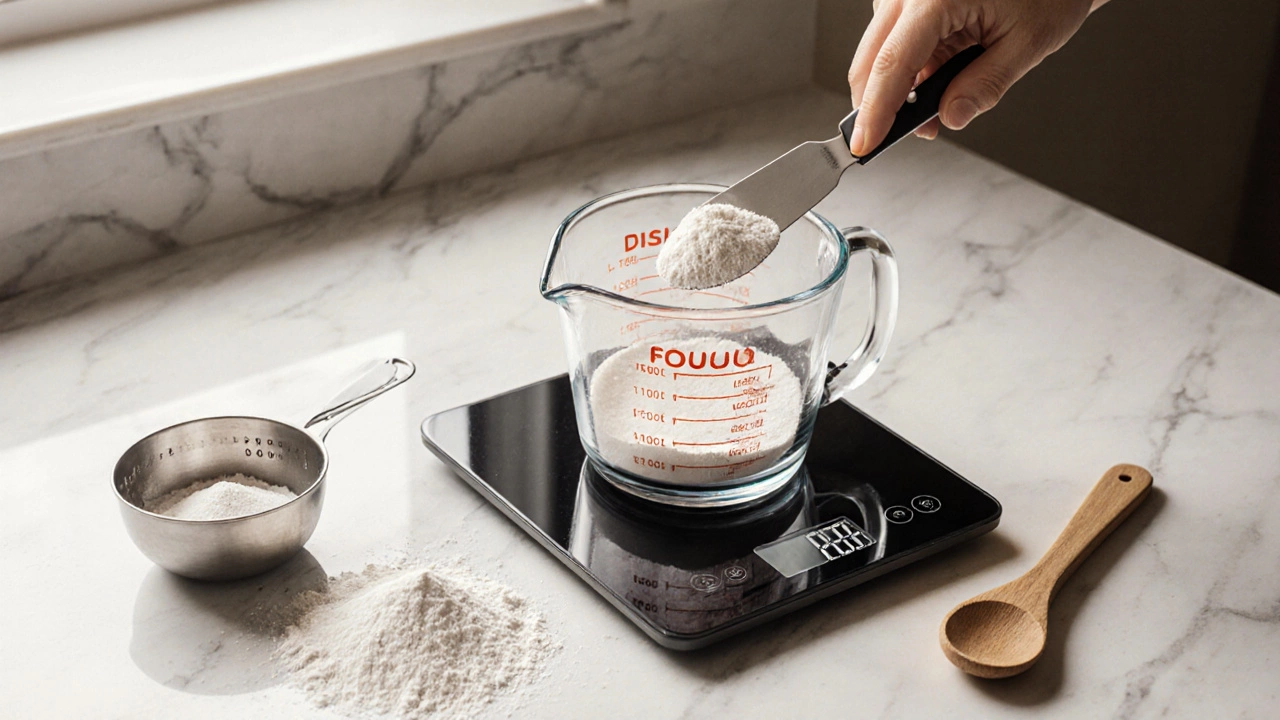
4 Essential Tips for Perfect Cookies
Discover four practical tips that turn average cookies into bakery‑level treats, covering flour, butter, sugar balance, and oven control.
When working with cookie dough, a raw blend of flour, butter, sugar, and eggs that forms the backbone of most cookies. Also called raw cookie batter, it needs the right handling to bring out flavor and texture before it meets heat.
One of the biggest game‑changers is overnight chilling, letting dough rest in the fridge for 12‑24 hours. This step cookie dough lovers swear by because it lets the flour fully hydrate and the butter firm up, which leads to a tighter spread and richer taste when baked. The science behind it lives in food science, the study of how ingredients interact under different temperatures and times. When dough cools, sugar crystals dissolve more completely and the gluten network relaxes, preventing overly chewy results.
Texture isn’t just about crunch; it’s a balance of crisp edges and a soft center. That balance is shaped by three factors: cookie texture, how the dough’s fats, sugars, and proteins behave during bake, mouthfeel, the flavor development, the chemical reactions that turn dough into a tasty treat, and the act of baking, exposing dough to dry heat to set structure and caramelize sugars. Together they form the semantic triple: cookie dough → needs → overnight chilling; overnight chilling → enhances → flavor development; flavor development → creates → delicious texture.
Practical tips flow from those triples. First, chill the dough for at least a few hours; you’ll notice the dough becomes less sticky and the butter firms, so cookies keep their shape. Second, use a kitchen scale to hit the right fat‑to‑flour ratio—usually around 1:2 by weight—to avoid flat, greasy cookies. Third, preheat the oven to the exact temperature called for; a few degrees off can turn a golden edge into a burnt crust. Finally, let baked cookies cool on a wire rack; this stops residual heat from over‑cooking the base and preserves the soft interior.
Our collection of posts dives deeper into each of these areas. You’ll find a science‑backed guide on why chilling works, step‑by‑step tricks for keeping cookies soft, and real‑world advice on storing baked treats for maximum freshness. Whether you’re a beginner who’s never heard of dough rest or a seasoned baker looking to fine‑tune texture, the articles below cover the full spectrum.
Ready to explore the details? Scroll down to see practical recipes, storage hacks, and flavor‑boosting ideas that build on the basics we just covered.

Discover four practical tips that turn average cookies into bakery‑level treats, covering flour, butter, sugar balance, and oven control.